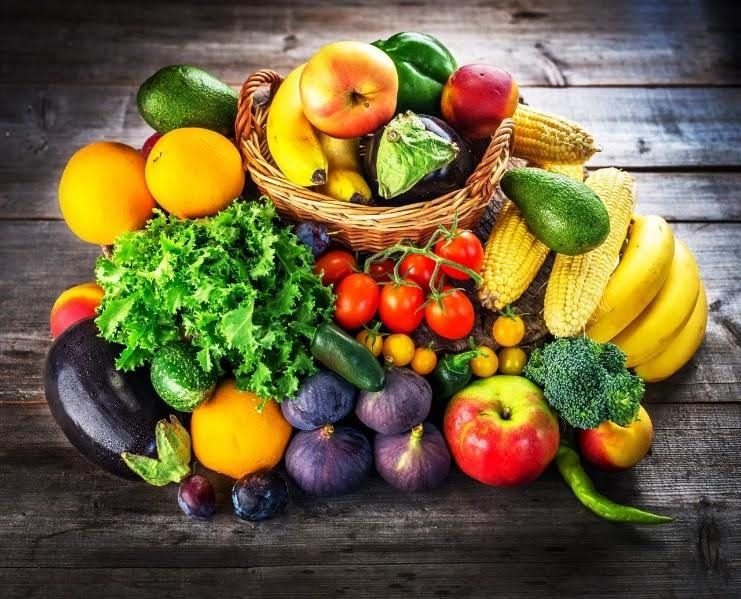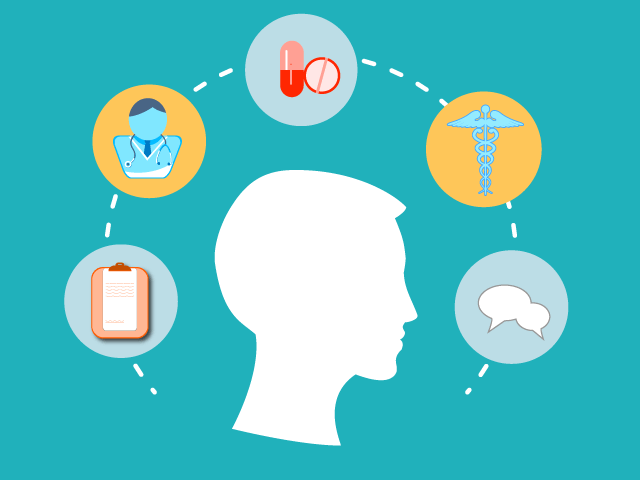How Fruits & Veggies can Lower Healthcare Costs

In the ever-evolving landscape of healthcare, where costs seem to soar higher with each passing year, the quest for cost-effective solutions can feel like an uphill battle. But what if I told you that one of the most powerful tools for curbing healthcare expenses might be hiding in plain sight—in the aisles of your local grocery store? Yes, you read that right: fruits and vegetables, those colorful, nutrient-packed staples of a healthy diet, could hold the key to not only vibrant health but also lower annual healthcare costs. Let's delve into this intriguing connection.
Prevention is the Best Medicine
We've all heard the adage "an ounce of prevention is worth a pound of cure," and when it comes to healthcare costs, truer words were never spoken. Research consistently shows that a diet rich in fruits and vegetables can significantly reduce the risk of chronic diseases such as heart disease, stroke, diabetes, and certain types of cancer. By fortifying our bodies with the vitamins, minerals, and antioxidants found abundantly in produce, we create a formidable defense against illness—a defense that can ultimately translate to fewer doctor's visits, fewer prescriptions, and fewer medical procedures.
A Pound of Produce, a Penny Saved
But the benefits of fruits and vegetables extend beyond prevention; they also offer tangible savings when it comes to managing existing health conditions. Consider this: obesity-related conditions like diabetes and hypertension account for a substantial portion of healthcare spending worldwide. Yet, by maintaining a healthy weight through a diet rich in fruits and vegetables, individuals can potentially mitigate the need for costly medications, surgeries, and hospitalizations. In essence, every apple, every carrot, every leafy green consumed is not just nourishing the body but also lightening the financial burden of healthcare expenses.
Putting Theory into Practice
So, how can we harness the power of produce to lower our annual healthcare costs? It begins with a simple yet profound shift in mindset: viewing food not just as fuel for the body but as medicine for the soul. By prioritizing fruits and vegetables in our daily diets—whether through crunchy salads, vibrant smoothies, or hearty vegetable stews—we can take proactive steps towards better health and financial well-being.
Moreover, investing in education and accessibility initiatives that promote fruit and vegetable consumption can yield dividends for entire communities. From school gardens to farmers' markets to nutrition education programs, there are myriad avenues through which we can empower individuals to make healthier choices and reap the rewards of reduced healthcare costs.
A Brighter, Healthier Future
In a world where healthcare expenses can sometimes feel overwhelming, the notion that something as simple as eating more fruits and vegetables could make a meaningful difference is both empowering and inspiring. So, let's embrace the abundance of nature's bounty, one delicious bite at a time, and savor the sweet taste of both health and financial savings.
As we embark on this journey towards a brighter, healthier future, let's remember that the power to lower our annual healthcare costs lies not in expensive treatments or pharmaceutical interventions but in the humble fruits and vegetables that grace our tables each day. Here's to a world where good health is within reach for all, and where the path to wellness is as simple as reaching for an apple or slicing up a cucumber.



